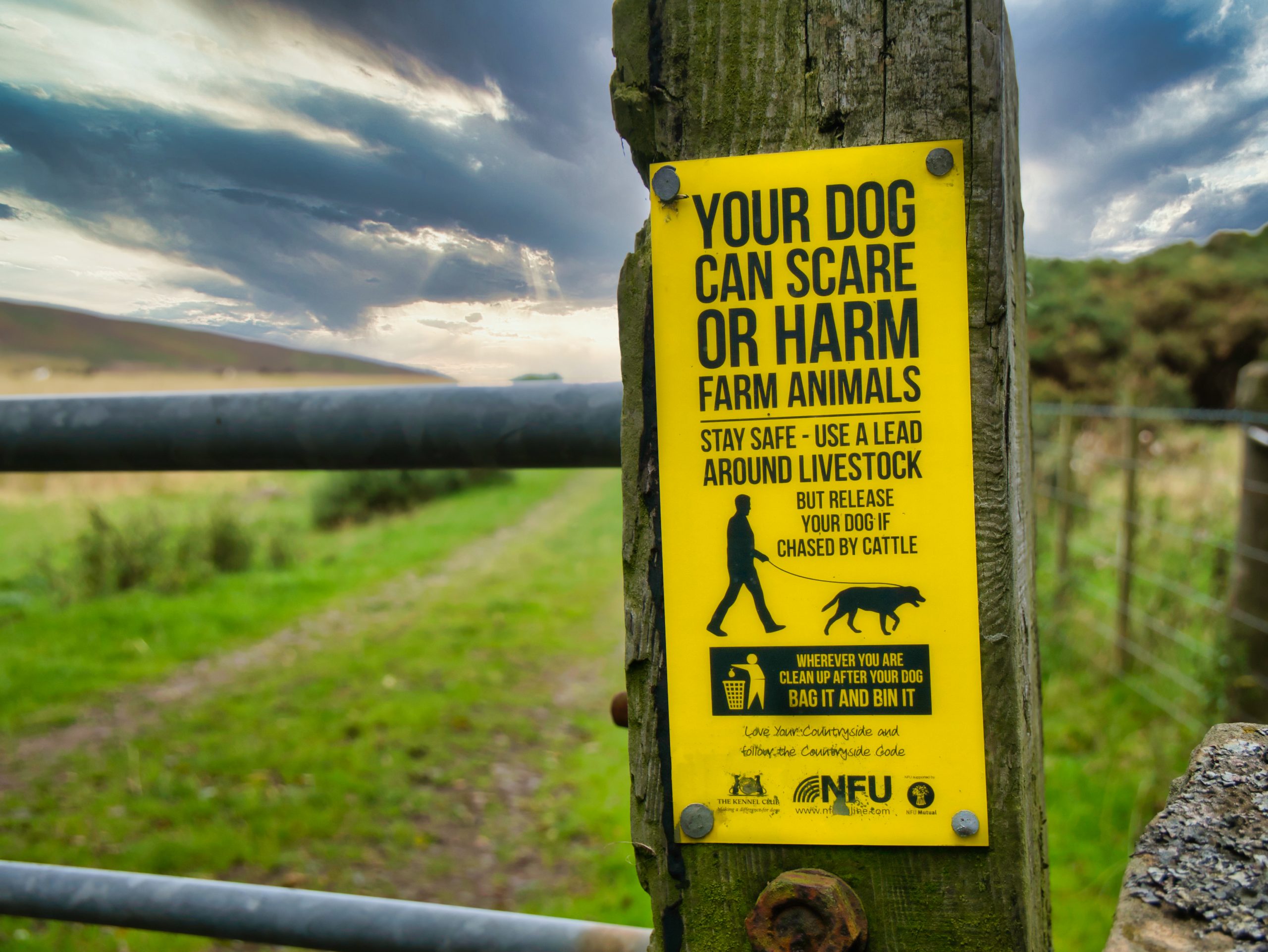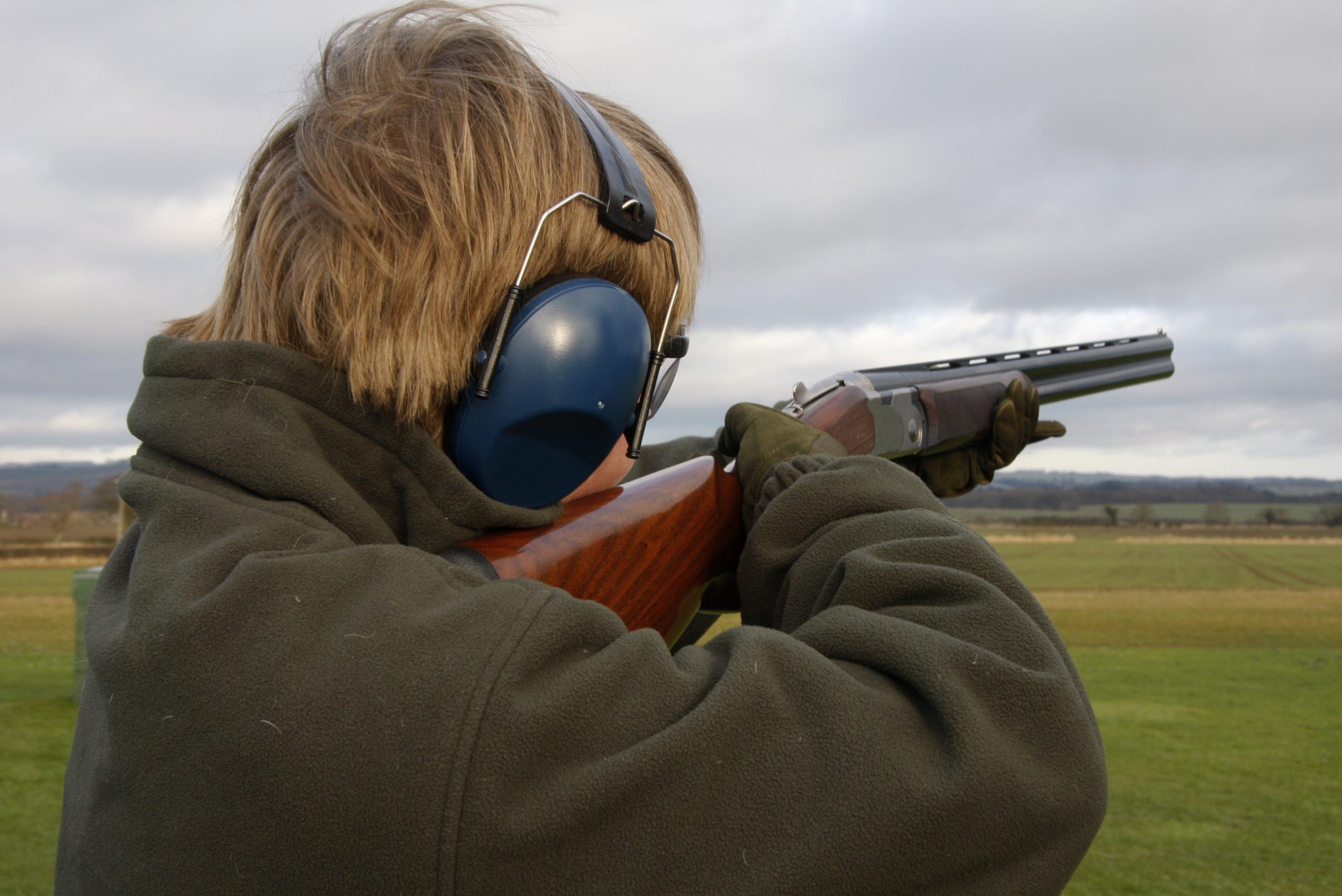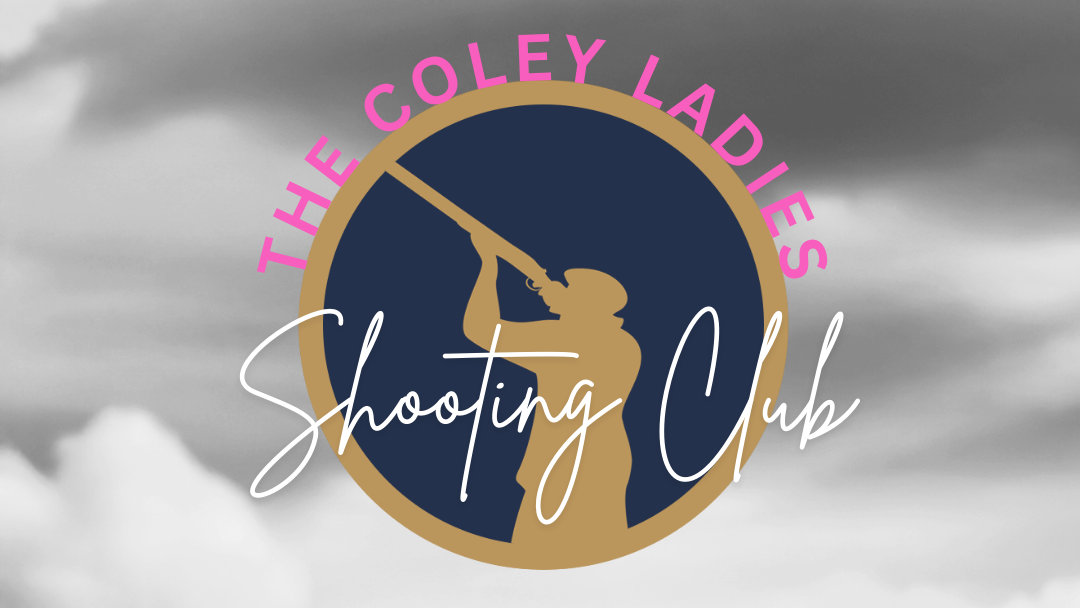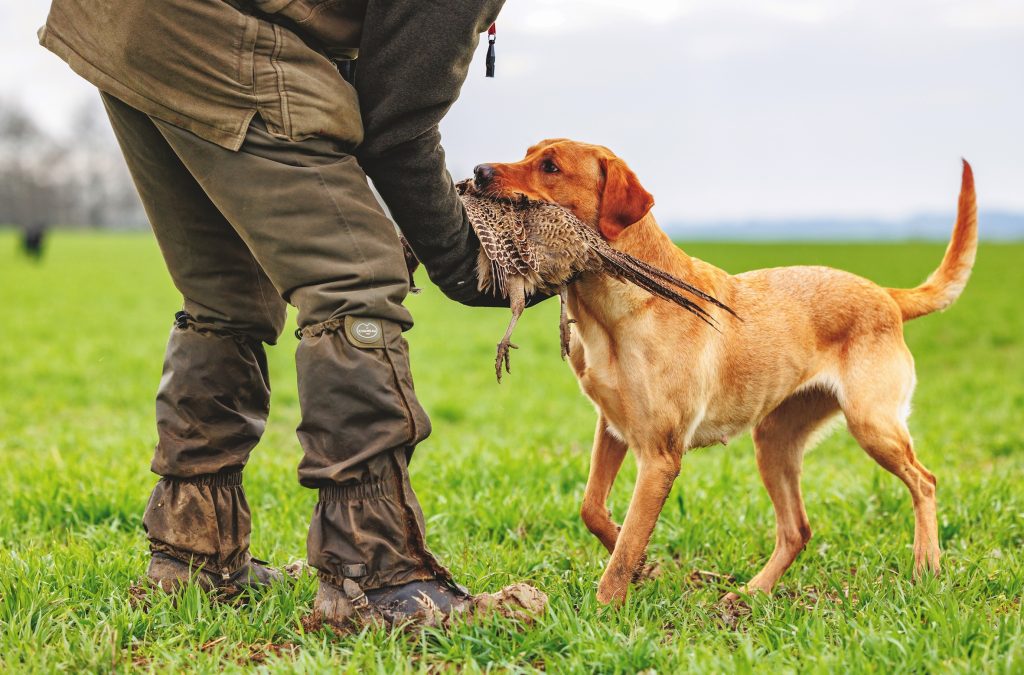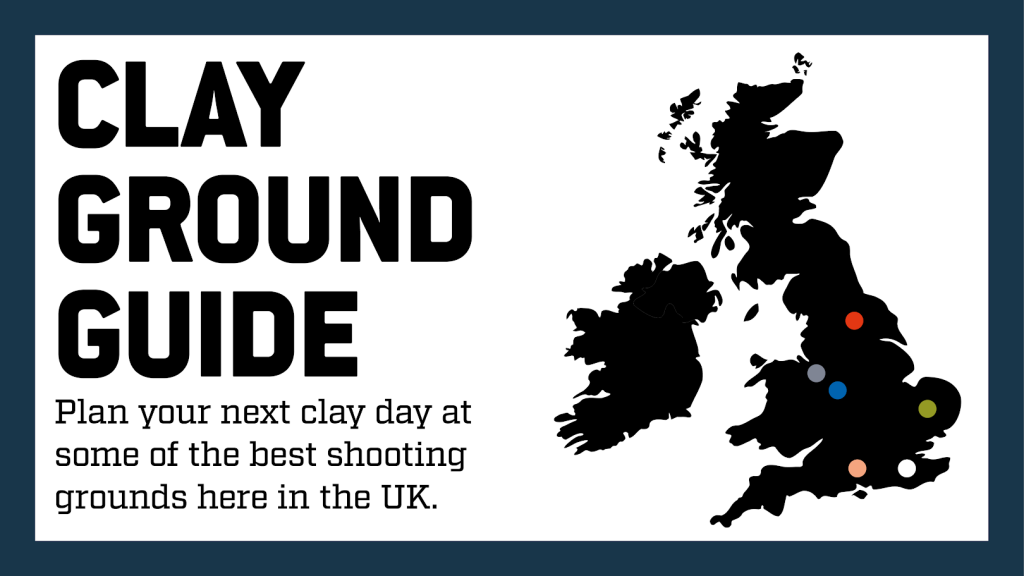Get your DSC1
DON BRUNT passed his Level 1 certificate first time, and you can too, with the right preparation
DON BRUNT passed his Level 1 certificate first time– and you can too, with the right preparation “Don’t be fooled into thinking thatif you’ve been stalking for a whileyou’ll cruise through – long establishedstalkers have failed”
So you’re taking your DSC Level 1 – are you ready? You’re bound to be nervous. There’s a lot riding on it. Like it or not, your access to stalking, and even an FAC, is becoming more and more dependent on passing the DSC 1.
The DSC 1 is not overwhelmingly difficult, but it’s not a piece of cake either. It will teach you about the law, and provide useful background on deer species and their biology. But it is only a foundation. Stalking is a learning process that lasts a lifetime.
I recently took mine – and passed – so I feel I can offer some useful advice on what the course involves, and what you can do to improve your chances of passing first time. Normally the course is split over three days of training and a fourth day of assessment. The assessment is split into five parts, and you need to pass all five to get your certificate. If you do fail any part, don’t be too perturbed – you have three years to retake any component. Go away and figure out what caused you to fail. Once you understand why you failed you are half-way there to passing it second time round.
If you’re anything like me, you’ll find the course fascinating, informative and challenging. Plus it opens up all sorts of opportunities. So go on – why not give it a try?
Written Assessment
This consists of 50 multiple-choice questions that cover areas including deer habits, law, management and habitat. To pass you need to correctly answer at least 40 out of the 50.
Preparation is the key to passing this section. Resource material is made available to all candidates before the course, so read it carefully. Don’t expect to learn everything during the course – use the course to reinforce what you have already learnt at home.
Key tip: Do your homework beforehand.
Visual Assessment
This is a quarry identification test to ensure you can identify the various deer species and tell males from females. It covers all six species of deer found in the UK and is a written test run from a series of slides. There are 20 slides and you must score 24 out of 30 for a pass. Don’t be fooled into thinking that if you’ve been stalking for a while you’ll cruise through this part of the test – long established stalkers have failed it in the past.
Key tip: Practise identifying and sexing deer, on photos and in the field.
Large Game Competency Assessment
This is all about food hygiene and safety. Passing this section qualifies you to sell ‘large game’ (deer) carcasses to a game dealer. There are 40 multiple-choice questions in two sections: 20 on common food hygiene and 20 on post-mortem inspection of large game and the relevant legislation.
A large part of this test should be common sense to anyone who regularly shoots deer and has a basic understanding of food hygiene. However, it helps to know the course material thoroughly.
Key tip: Mug up on the course material.
Safety Test
Safety is vital, of course, and this part of the course tests your ability to handle a rifle safely in field conditions. The most common format used is a simulated stalk, where you encounter a series of obstacles that you must negotiate safely. You will also be presented with a number of deer targets that you must judge as ‘safe’ or ‘unsafe’ shots, giving your reasons why. You will also be asked ten questions, which may focus on highland or lowland situations, depending on where you’re taking your test. At the end, the assessor decides whether you have passed or failed.
Common-sense is important, but remember that the rules for fullbore rifles are different from those for shotguns. For instance, it isn’t considered safe to point a rifle in the air. Beware of slipping into old habits under the pressure of the test.
Key tip: Practise safe rifle handling techniques.
Shooting Test
The final part is the shooting test. This is taken in two parts and must be shot using a deer calibre rifle and ‘expanding’ ammunition. First you must put three shots into a 4in group at a range of 100 metres. This can be shot either prone or free-standing; bipods, rests etc are permitted and three attempts at achieving the required standard are allowed in any one day.
Once you have passed this, you move on to part two, a deer target. This is usually a fallow doe – a red hind may be used in Scotland – with a 6in circle marked in the heart/lung area. The outline of the kill area can’t be seen through the scope so you need to memorise the aim-point. To pass, you need to get two hits into the target from 100 metres whilst prone, then from 70 metres whilst sitting/kneeling, and finally from 40 metres off sticks from a standing position. Three attempts are allowed at this part of the test on any one day. Preparation for this test is fairly straightforward: get out and practise. If you can practise with a rifle similar to what you’ll use on the day, that’s even better.
Key tip: Get plenty of shooting practice in beforehand.
Get your Deer Stalking Certificate Level 1
BASC’s DSC1 is designed for the sportsman and woman who has taken up stalking and is seeking further advice and guidance on the sport. The course is open to anyone over 18 except anyone prohibited by law from handling firearms. Youngsters aged 14 and above can also take part if they have their own firearms certificate. Prices range from �200 to �420. For further information call 01244 573018 or visit www.basc.org.uk
“

